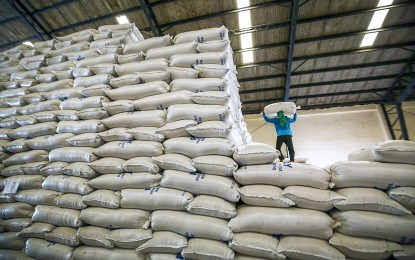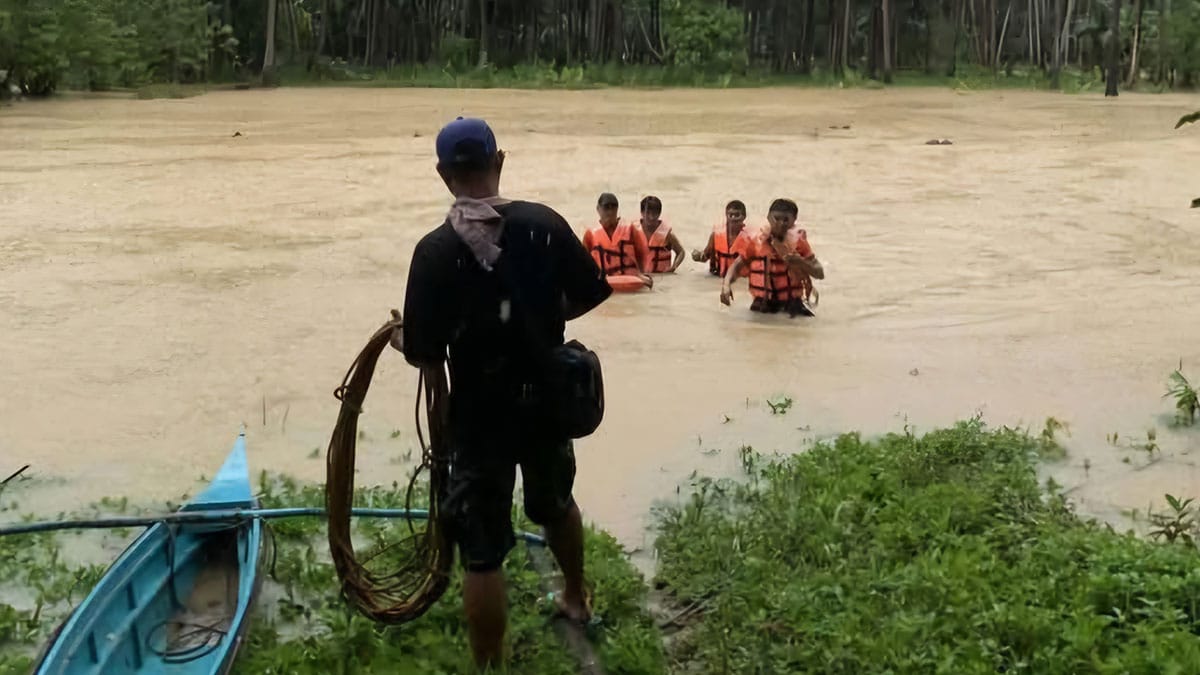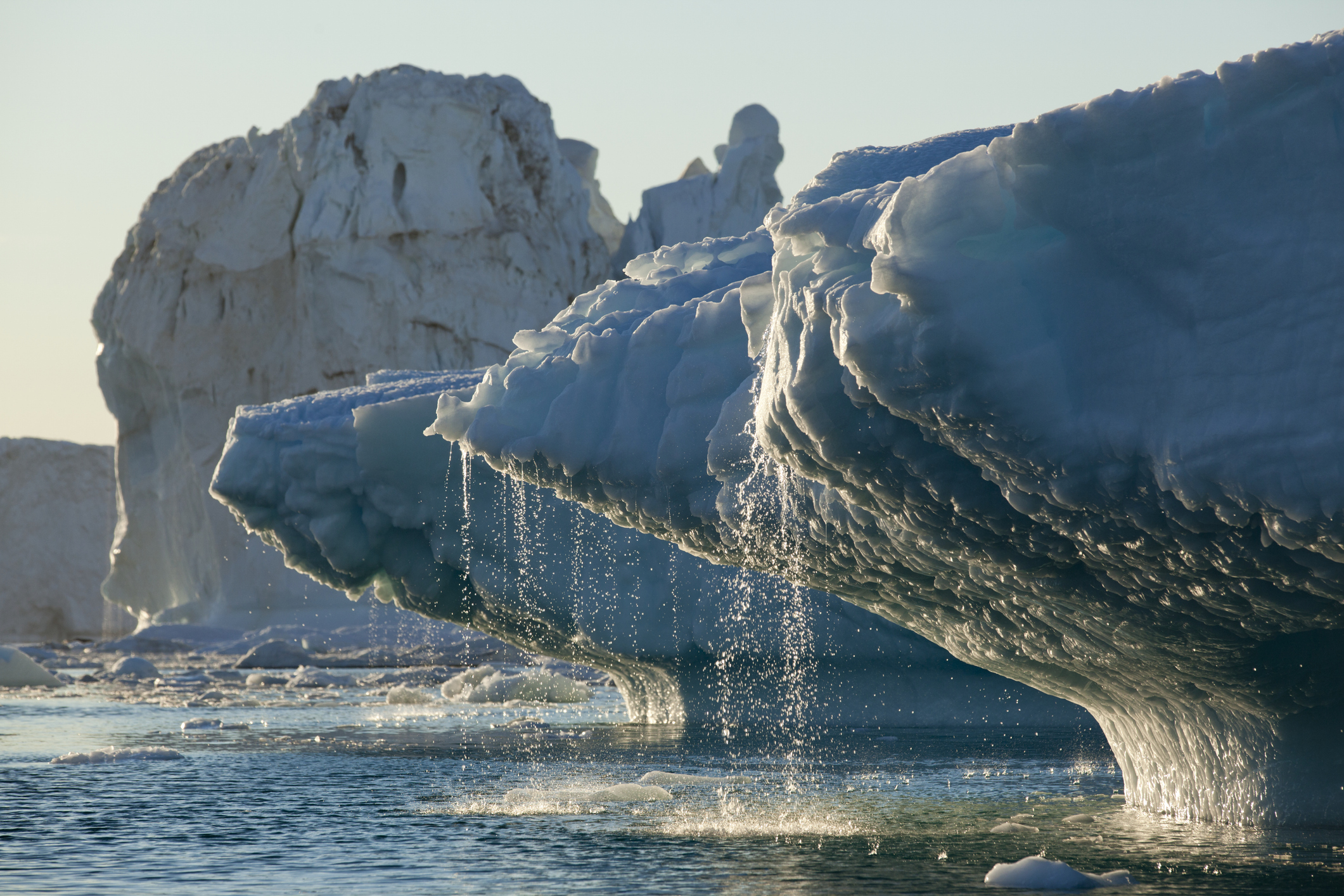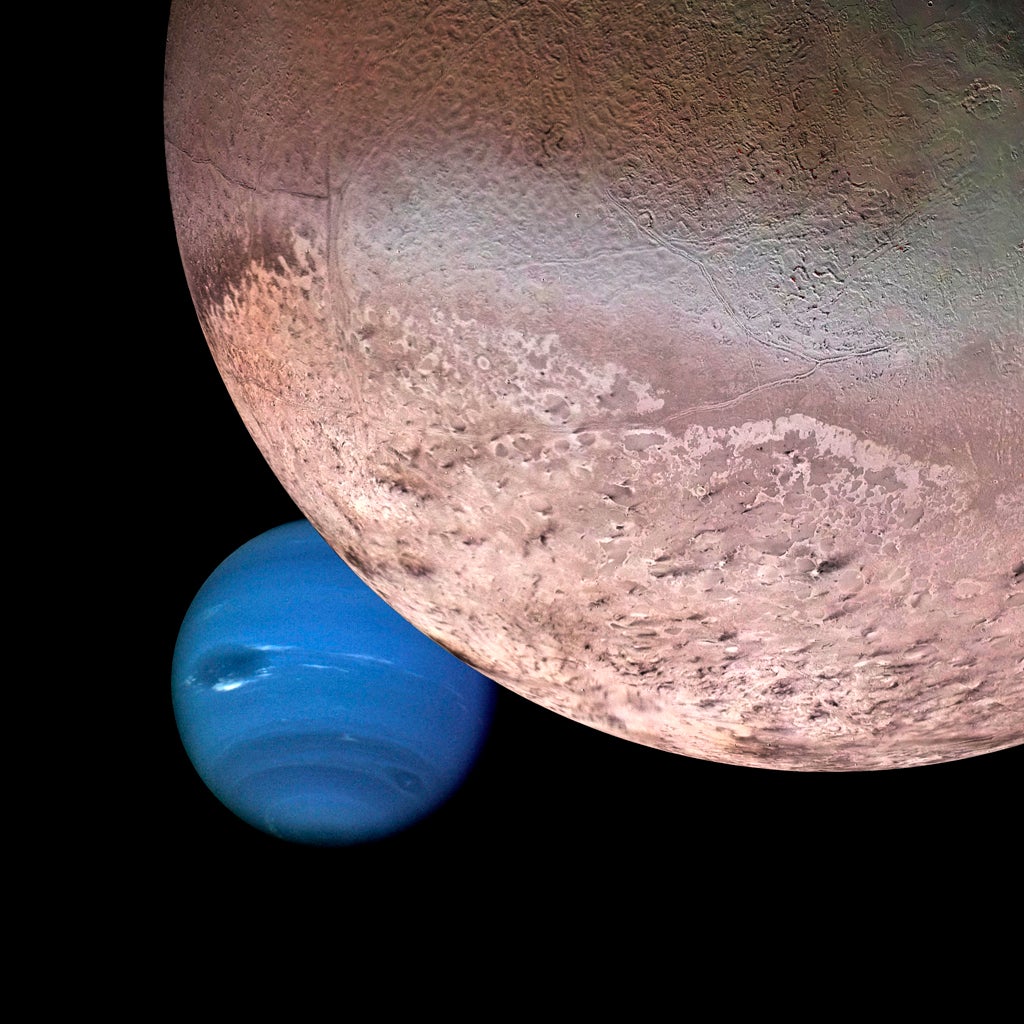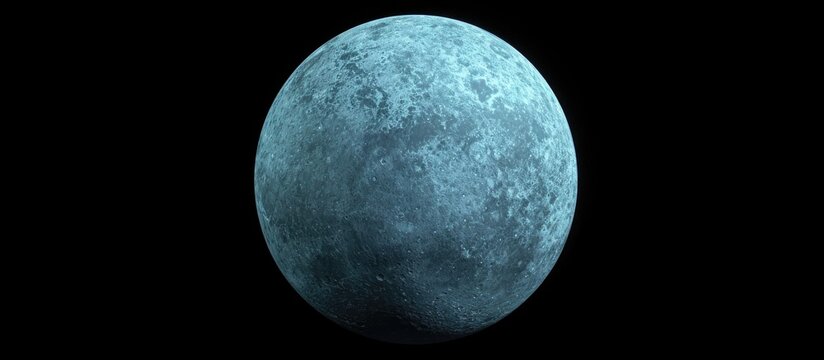Record Decline in Sea Ice Raises Climate Alarm
March 7, 2025 – Scientists have sounded the alarm over a dramatic decline in global sea ice, reaching record lows that could have devastating effects on the planet’s climate. Data collected in February 2025 showed that Arctic sea ice levels were 8% below average, while Antarctic sea ice suffered an even more severe decline, dropping 26% below the long-term average. Experts warn that this trend is accelerating, bringing the world closer to an ice-free Arctic summer—a scenario that could arrive as soon as 2030.
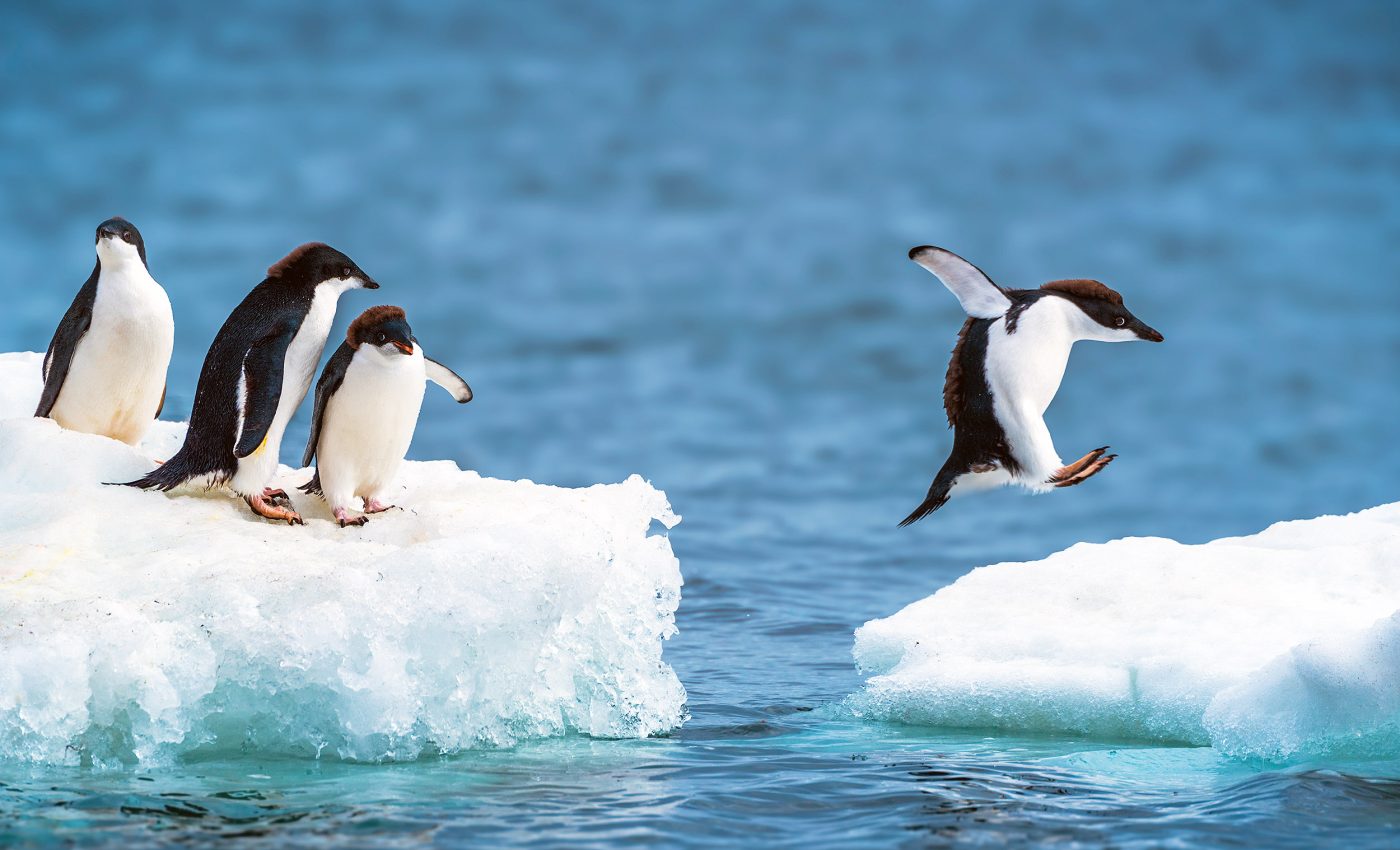
The Data Behind the Decline
According to the National Snow and Ice Data Center (NSIDC), both polar regions have been experiencing unprecedented losses in sea ice coverage. This marks a new low for the Southern Hemisphere, with Antarctic ice melting at an alarming rate. Scientists attribute the decline to a combination of rising global temperatures, shifting ocean currents, and extreme weather events.
Dr. James Cartwright, a climatologist at the NSIDC, described the findings as "deeply concerning":
"We expected ice loss to continue, but the speed at which it's happening is exceeding our worst-case predictions. The poles are warming at a rate four times faster than the rest of the planet, and this is now manifesting in catastrophic ice melt."
Satellite imagery has revealed that vast areas of ice, which historically remained frozen year-round, have now become seasonally unstable, breaking apart much earlier in the year. Scientists have also noted thinner ice sheets, which are more vulnerable to further melting.
The Consequences of Melting Sea Ice
The loss of sea ice has far-reaching consequences for global climate patterns, marine ecosystems, and coastal communities. Unlike glaciers and ice sheets, which add to sea levels when they melt, sea ice plays a crucial role in maintaining Earth’s temperature balance. It reflects sunlight, preventing excessive heat absorption by the ocean. As the ice disappears, the ocean absorbs more solar energy, creating a feedback loop that accelerates warming.
1. Rising Global Temperatures
With less ice reflecting sunlight, the Arctic and Antarctic regions absorb more heat, further increasing temperatures. This warming trend extends beyond the poles, affecting weather systems worldwide.
2. Disrupted Ocean Currents
Melting polar ice dilutes seawater with fresh water, potentially disrupting major ocean currents like the Atlantic Meridional Overturning Circulation (AMOC). A weakened AMOC could lead to more extreme weather events, including harsher winters in Europe and intensified hurricanes along the U.S. East Coast.
3. Threats to Wildlife
Polar species such as polar bears, walruses, and penguins depend on sea ice for survival. As ice habitats shrink, these species face food shortages and declining populations. Scientists have already observed decreasing birth rates among polar bears due to their inability to find stable hunting grounds.
4. Rising Sea Levels and Coastal Erosion
While sea ice itself does not contribute to sea level rise, its loss can accelerate the melting of land-based ice sheets in Greenland and Antarctica. If these ice sheets collapse, global sea levels could rise by several feet, threatening coastal cities like New York, Tokyo, and London.
Human Impact and Economic Consequences
Beyond the environmental effects, declining sea ice has economic ramifications. In the Arctic, melting ice is opening new shipping routes, raising concerns over geopolitical tensions and environmental damage. Countries like Russia, the U.S., and China are competing for control over newly accessible Arctic trade routes and untapped oil and gas reserves.
Meanwhile, fisheries and indigenous communities that rely on stable sea ice are facing severe challenges. Warmer oceans are changing fish migration patterns, affecting livelihoods and food security.
What Can Be Done?
Scientists emphasize that urgent action is needed to slow down the loss of sea ice and mitigate its impacts. Here are key strategies:
1. Reducing Greenhouse Gas Emissions
Governments must intensify efforts to cut carbon emissions by transitioning to renewable energy sources, such as wind and solar power. The 2015 Paris Agreement set ambitious targets to limit global temperature rise, but current efforts remain insufficient.
2. Strengthening Climate Policies
Countries must implement stronger climate policies, including carbon pricing, stricter emissions regulations, and investment in sustainable technologies.
3. Expanding Climate Research
Scientists stress the need for more funding for climate research and satellite monitoring, ensuring accurate data collection to predict and respond to further ice loss.
4. International Cooperation
Climate change is a global issue requiring international collaboration. Nations must work together to enforce agreements on emissions reduction, Arctic preservation, and sustainable development.
The Road Ahead
With sea ice disappearing at record rates, the world is facing a climate emergency that demands immediate action. If current trends continue, the Arctic could see ice-free summers within the next decade, fundamentally altering global weather patterns and ecosystems. Scientists warn that time is running out, and without decisive action, the consequences will be irreversible.
For now, the melting poles serve as a stark reminder of how quickly climate change is transforming our planet. Governments, businesses, and individuals must act now to protect the delicate balance that sustains life on Earth.
What's Your Reaction?












/https://tf-cmsv2-smithsonianmag-media.s3.amazonaws.com/filer_public/54/66/546650fa-26a4-40fd-8d6d-5a7a04540f81/rosetta2.png)
:max_bytes(150000):strip_icc():focal(999x0:1001x2)/robert-prevost-050825-1-39395418ab494da5a3a700c9478e66c8.jpg)


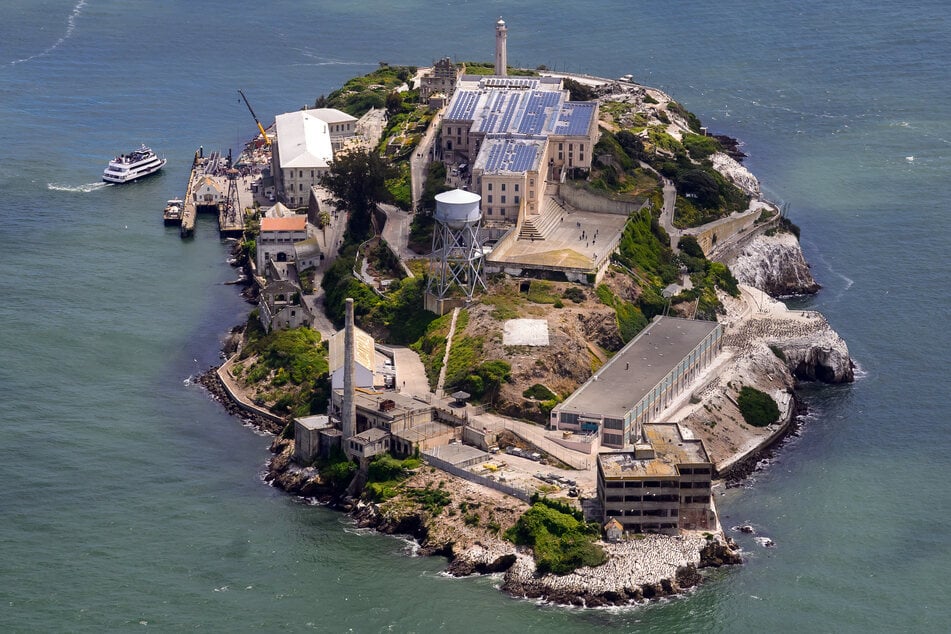

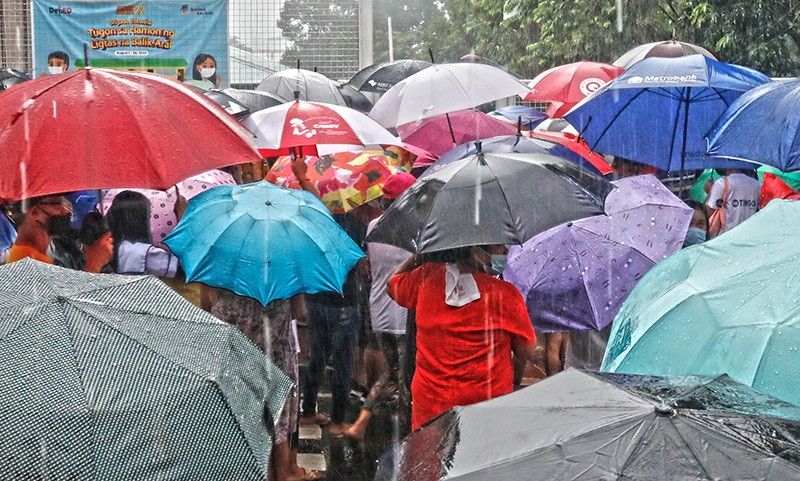





















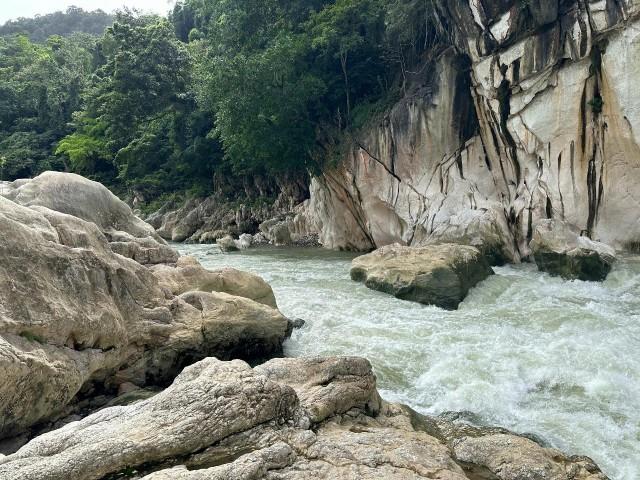










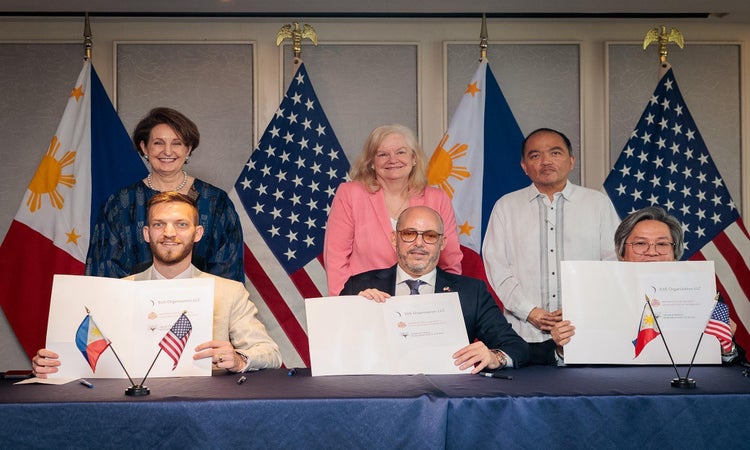









format(webp))
format(webp))











